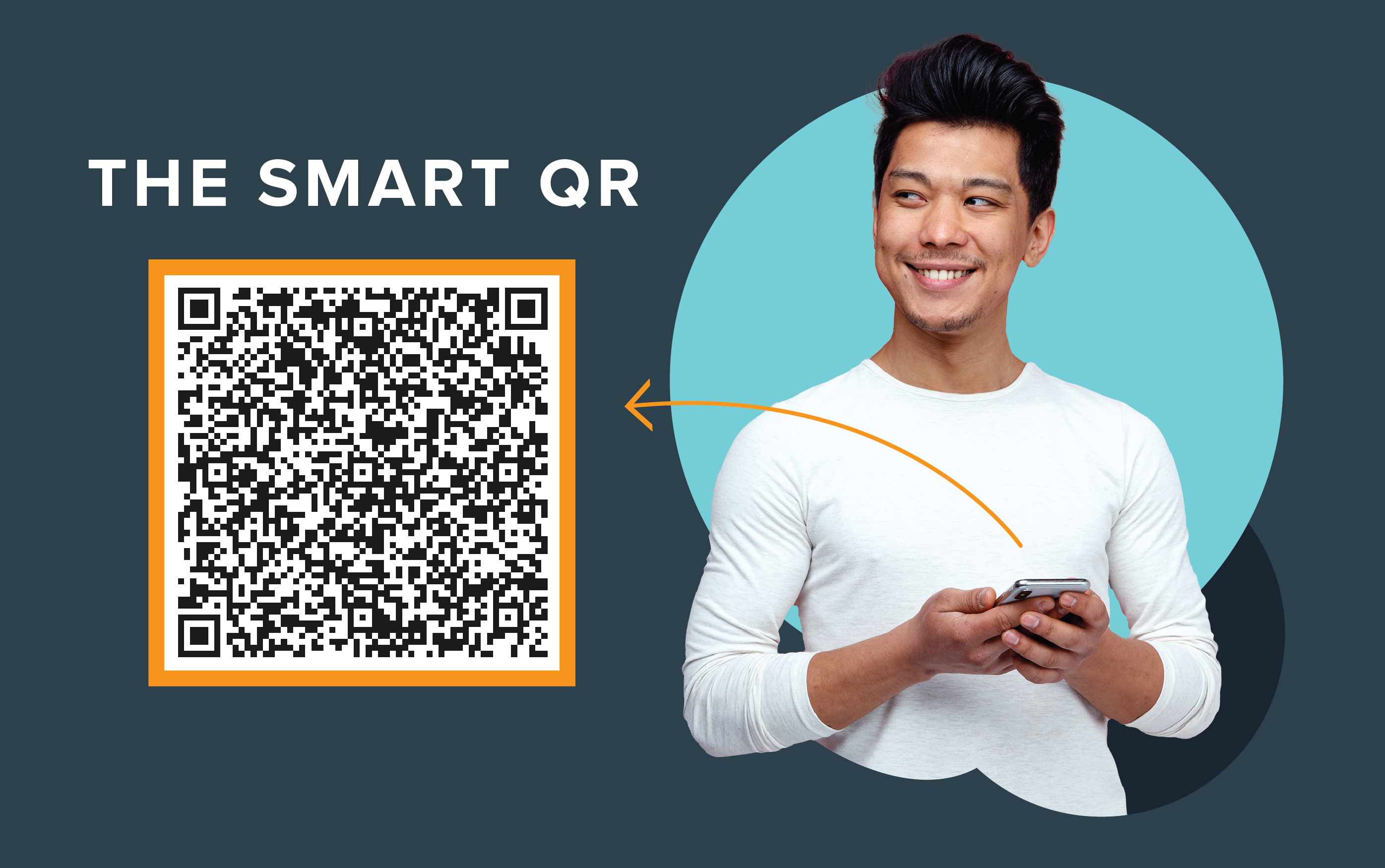Registria Creates Millions in Newfound Value for Durable Brands
Owner Math™, a proprietary ROI calculator based on Registria's accumulated knowledge of best practices and benchmark data, helps brands quantify...
OUR SOLUTIONS
OUR TECHNOLOGY
3 min read
Cassie Ulvick : Jul 26, 2021 2:14:46 PM

We recently published a blog about how QR codes are everywhere because of the pandemic and how they may fit into a brand’s Ownership Experience strategy. As we continue to explore the topic of the many entry points a new product owner can have with the brand, in this post we’ll discuss the role of connected devices.

Both QR codes and connected devices serve an expanding role in how brands can transform the offline product experience into a digital one. Connected devices with a range of cool, smart features can help make for an even better product ownership experience. However, it’s important to note that offering connected devices alone does not necessarily lead to a great ownership experience. It’s knowing and understanding the owner behind the product that makes it possible to deliver the best experience.
You’re likely familiar with the “Internet of Things” (IoT), which generally refers to all the physical devices in the world (anything from your watch to your refrigerator) that are connected to the internet. The IoT naturally creates an abundance of product use and interaction data that not only enables devices to operate within the IoT, but can be leveraged by connected device manufacturers.
Like QR code proliferation, connected devices are on an exponential growth trajectory. In 2020, the average number of connected devices per U.S. household was 101. This is likely to grow as more connected devices become available and more consumers enjoy the many benefits they offer. Worldwide, the number of connected devices is projected to reach 46 billion in 20212, with an average number of 3.6 devices per person by 2023 – twice as many as the number of devices per person in 20183!
Brands that offer digital experiences via connected devices may believe they have “checked the digital experience” box. That “digital experience” is often simply having the owner activate their connected device by providing an email or downloading an app. This typically doesn’t give the brand all the data they need to deliver an optimal ownership experience, such as a postal address or communication channel preference to make sure the owner is reachable according to their personal preferences. Without this critical owner data, brands miss the opportunity to provide a personalized and ongoing experience for owners, which is delivered not only during use of the product itself, but also through complimentary channels such as mobile device/SMS, email or web. Additionally, consumers may miss or ignore notifications delivered via a connected device without a clear and compelling reason to take action. At the end of the day, incentive is key.
Thus, offering a valuable, frictionless onboarding experience via a connected device – just as a brand would do with non-connected devices – is not only possible, but highly recommended. This ensures a brand can connect a product to a specific owner while capturing other first-party data points such as place of purchase and price to further enhance the owner’s experience and brand insights.
When considering offering a digital onboarding experience for a connected device, there are a couple ways to go about it. Many connected devices have a screen (such as on a connected television, exercise equipment, or home appliances) where presenting a QR code on the screen can serve as an obvious and accessible entry point to the ownership experience. Using a contextual QR code that can be scanned by the owner’s mobile device makes it quick and convenient for owners to register their new device and opt in to further contact with the brand. Note that if embedding a QR code on a screen isn’t feasible, brands can employ a removable sticker with a QR code manually placed on the screen.
If the connected device doesn’t have a screen, a call to action can be placed either on the product itself or included in the product materials. As with non-connected devices, the methods can vary, including a contextual QR code or the recognizable PhotoregisterSM camera icon. The call to action can also be placed on peripherals, such as the back of remote controls. This allows for a more permanent QR code that the user can easily access for repeat use, such as accessing product materials or finding support. This gives contextual QR codes even more value, moving beyond one-time use cases and into a lifetime of use potential.
Regardless of the method used or the placement, the connected device onboarding experience should be visible, easy and valuable.
Connected devices offer an increasingly valuable digital experience for product owners. Yet, the full ownership experience goes beyond simply using the device to connect with the brand. Expanding the ownership experience to include digital onboarding enables the brand to capture more key owner data as well as opt-in and communication channel preferences, all of which open the door to an expanded and more personalized experience for the customer. The outcome will be more engaged, receptive owners and an opportunity for the brand to grow the lifetime value of every connected device owner.
1Statista
2Juniper Research
3Cisco

Owner Math™, a proprietary ROI calculator based on Registria's accumulated knowledge of best practices and benchmark data, helps brands quantify...

QR code scans reached 26.95 million in 2023—a 433% increase over the past two years. In what feels like an instant, QR code interactions have...

Today’s product brands are up against a lot. Between rising costs, supply chain challenges, and growing competition from both legacy and DTC brands,...